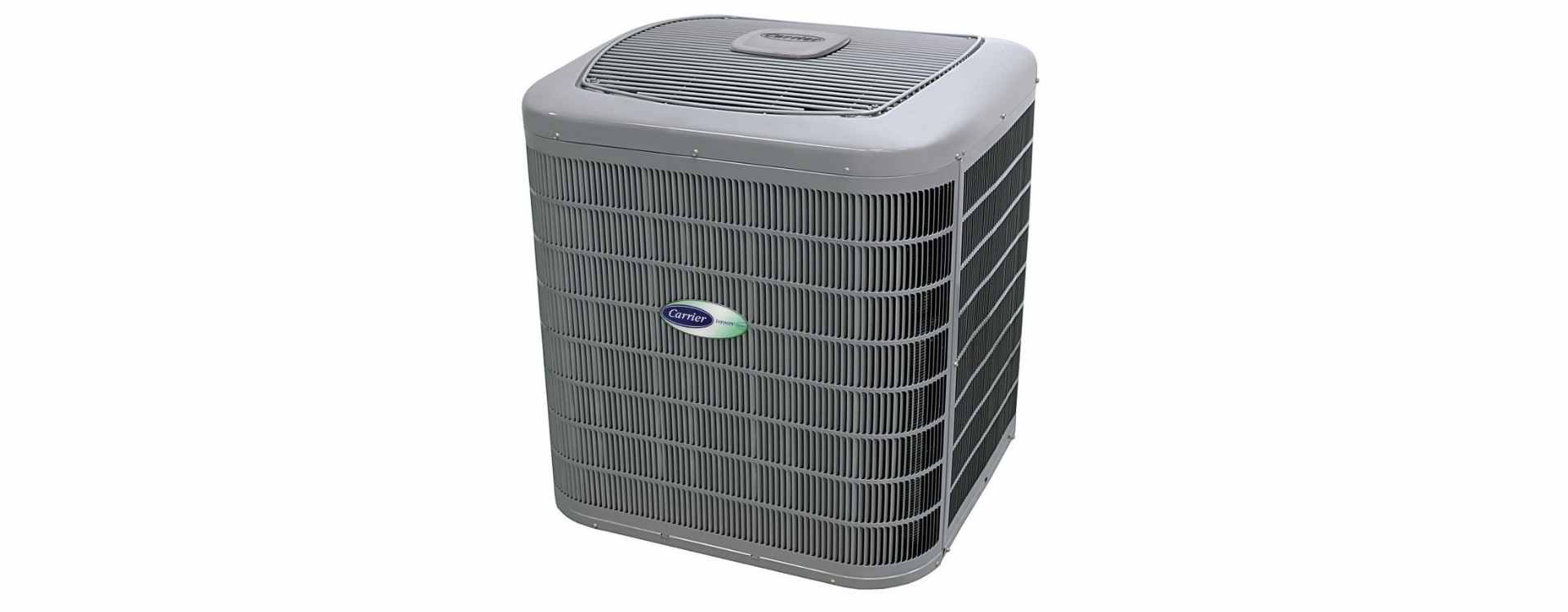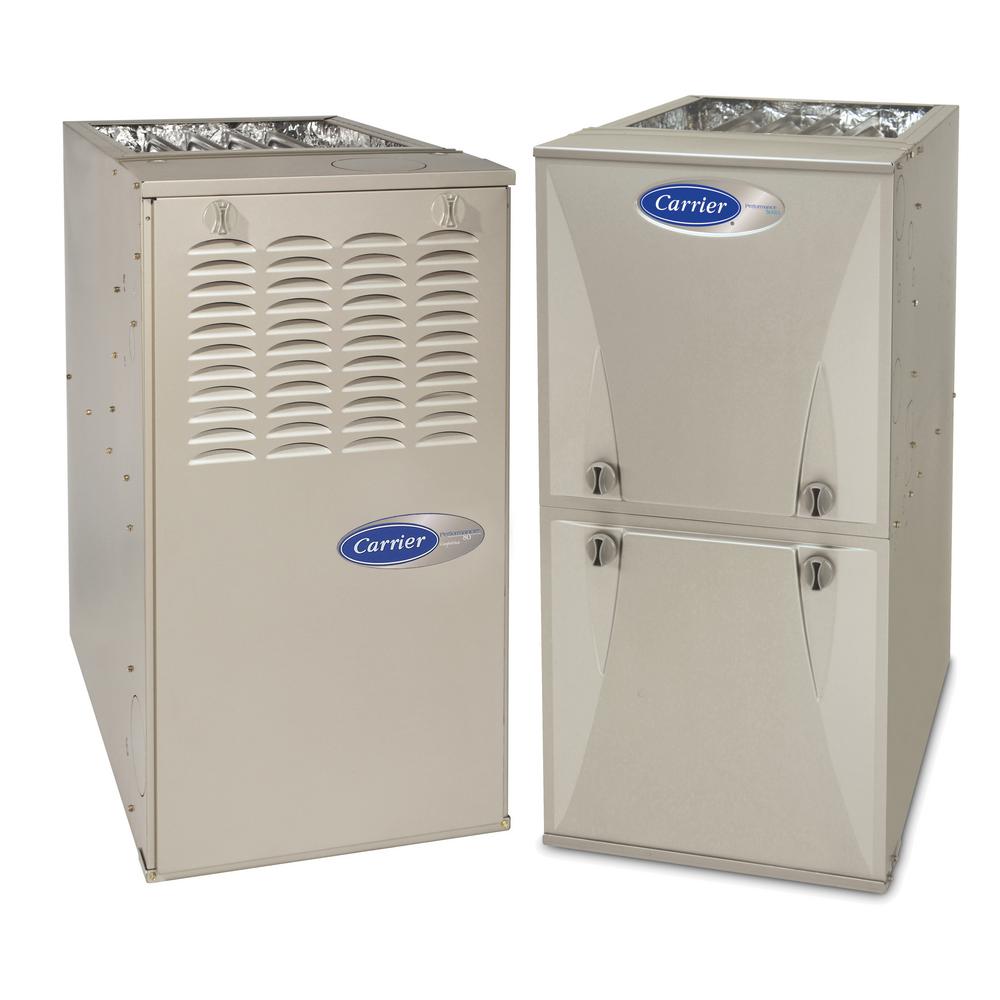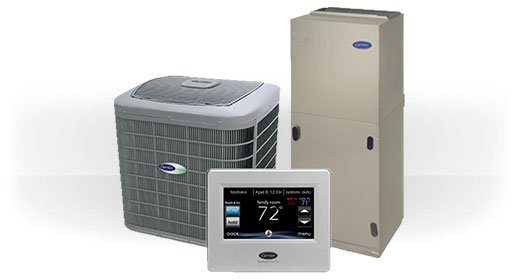Heating And Air Conditioning

 Air Conditioners
Air Conditioners
Whether you want a new air conditioning system installed in your home, or are looking to have your current one tuned up or…
Read More >>
 Heating Products
Heating Products
Today, furnaces that are powered by Natural Gas are the most popular heating method for Toronto area homes…
Read More >>
Air Conditioners

Hot Summer? No Problem!
Whether you want a new air conditioning system installed in your home, or are looking to have your current one tuned up or repaired, Encore Heating & Air Conditioning has the products you need and the skills to install, maintain, and repair them!
Contact Encore To Schedule Air Conditioning Service!
We are dedicated to keeping your home comfortable during those sweltering summer months! Call 905-672-3236!
If Your Air Conditioning Is Not Working…
![]() Ensure the unit is powered on
Ensure the unit is powered on![]() Check for dirty filters
Check for dirty filters![]() Check your thermostat for proper settings
Check your thermostat for proper settings![]() Check for blown fuses or tripped circuit breaker
Check for blown fuses or tripped circuit breaker
If none of these work – call us! We offer 24-hour emergency service as well! Do not attempt to fix it yourself, as this could void your warranty!
Heating Products

Furnaces
Today, furnaces that are powered by Natural Gas are the most popular heating method for Toronto area homes. The gas furnace is a permanently installed heating and air circulation device – most often located in your basement.
Furnaces are also available that use oil, propane, wood and pellets.
If Your Heating Is Not Working…
![]() Make sure the power to the furnace is turned on
Make sure the power to the furnace is turned on
![]() Check your thermostat for proper settings
Check your thermostat for proper settings
![]() Make sure your pilot light is lit (if applicable)
Make sure your pilot light is lit (if applicable)
![]() Check for blown fuses or tripped circuit breaker
Check for blown fuses or tripped circuit breaker
If none of these work – call us for furnace repairs! We offer 24-hour emergency service as well! Do not attempt to fix it yourself, as this could void your warranty!

How Does A Gas Furnace Work?
To understand how a gas furnace works, one needs to know the parts of a gas furnace. A furnace is principally divided into three sections. The first section is the made up of the burners, heat exchangers, draft inducers and venting. The second section is made up of controls and safety devices and the third section is made up of the blower and air movement. All the gas furnace parts work together to make the gas furnace work.
Your furnace combines air and fuel (in this case gas) and the mixture is ignited. The resultant flame is then used to heat the air. This air is then circulated throughout the house. The heating process starts in the burner of the furnace, which is controlled by a thermostat. When the temperature of the house drops down, the thermostat alerts the furnace. The mixture of gas and air slowly starts entering the burner of the furnace and is ignited as a result of an electronic igniter. The air in the burner thus gets drastically heated and starts rising through the heat exchanger which is situated above the burner. It then spreads inside the house warming it up, while the exhaust exits the furnace from a vent and is let outside the house.
In the meantime, fresh air is pulled into the furnace with the help of an electric fan. The air comes in through a large flat grill in your home and passes into an enclosure known as the return air duct. The return air duct passes the air through a protective filter and into the bottom of the furnace. Here the air is pressurized by the fan and forced through the heat exchanger and into the plenum to be delivered to the various rooms in your home. This process is repeated till the temperature of the house reaches a specific level after which the thermostat stops the heating process.

Heat Pumps
A heat pump is a device that uses a small amount of energy to move heat from one location to another. Heat pumps are usually used to pull heat out of the air or ground to heat a home or office building; heat pumps can also be switched into reverse to cool a building.
How does a heat pump work?
If you know how an air conditioner works, you already know a lot about how a heat pump works, because heat pumps and air conditioners operate in similar ways. Heat pumps are a unique kind of home comfort system, because they can do the work of an air conditioner and some of the work of a furnace.
Traditionally heat pumps have worked best in moderate climates. Here in the GTA they have been limited to effective use during the cooling season and the heating “shoulder” seasons of the spring and fall.
Traditional heat pumps have required air source temperatures of zero degrees Celsius or higher in order to operate, this requirement meant that they could provide cost effective heat for 40 percent of the heating season – but the rest of the season required the use of a primary heating source such as a furnace.
With the recent introduction of hyper-heat inverters newer heat pump systems can operate at temperatures as low as -40 Celsius.
Heat transfer and air-source heat pumps
There are many different kinds of heat pumps, but they all operate on the same basic principle of heat transfer.
Heat transfer means that rather than burning fuel to create heat, a device moves heat from one place to another. Heat naturally flows downhill, which means that it tends to move from a location with a high temperature to a location with a lower temperature.
A heat pump uses a small amount of energy to switch that process into reverse, this pulls heat out of a low-temperature area, and pumps it into a higher temperature area.
One of the most common types of heat pumps is the air-source heat pump, which takes heat from the air outside your home and pumps it inside through refrigerant-filled coils. Inside this basic heat pump, you’ll find two fans, coils, a reversing valve and a compressor.
The reversing valve is a very versatile part of a heat pump. It reverses the flow of the refrigerant, so that the system begins to operate in the opposite direction. Instead of pumping heat inside your home, the heat pump releases it, just like an air conditioner. The refrigerant now absorbs heat on the indoor side of the unit and flows to the outside, where the heat is released and the refrigerant cools and flows back indoors to pick up more heat.
Home heat pumps are usually “split” systems with an outdoor and indoor component installed through the wall. The indoor coil is usually mounted above a furnace or air handler system.
With proper design, air-source systems work well with other types of indoor heating systems to offer a carbon free heating option during our local temperate seasons – more of the season is covered if you choose a low temperature (hyper-heat) system.

Boilers
In the GTA Boilers are vital parts of the home heating systems in many older homes. Today newer homes are also using boilers as they are considered to be more efficient and cost-effective than the other methods. Most homes that have in floor radiant heat use a boiler as the heat source.
Boilers are the heating devices where hot water for hydronic baseboard, radiant heat or steam radiator heating systems are generated. They can be powered by natural gas, propane, oil or electricity.
Hot water boilers are small, compact, energy efficient and need low maintenance. Boilers work by heating water to between 70 and 85 degrees Celsius. The hot water is then circulated through pipes in the home. This heated
water then warms radiators installed in the rooms and gives off the warm air. The cooled water eventually goes back to the boiler through a return pipe.
The latest hot water or hydronic heat systems utilize a circulating pump to move pressured water. The pump is governed by a thermostat and a burner to keep it running while an expansion tank containing air and water is mounted above the boiler.
Condensing boilers are becoming the standard today over the conventional ones because of their larger and more efficient heat exchangers.
A condensing boiler’s goal is to recover as much waste heat as possible. Highly efficient condensing boilers can convert up to 98 percent of their fuel into heat compared to only 78 percent for the conventional ones.
Contact Encore to schedule your service!
We offer 24-hour emergency service as well! Do not attempt to fix it yourself, as this could void your warranty! Contact Encore to schedule air conditioning or heating service!

Call Us Today To Get Your Free Quote
Contact Info
Address
7033 Telford Way, Unit 12
Mississauga, Ontario L5S 1V4
Phone
905-672-3236
nakramy@encore21.net





